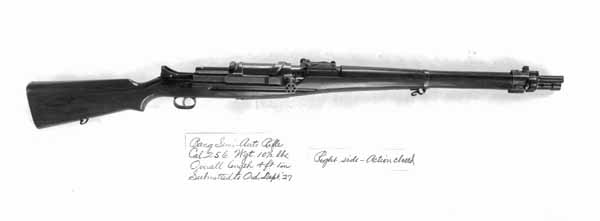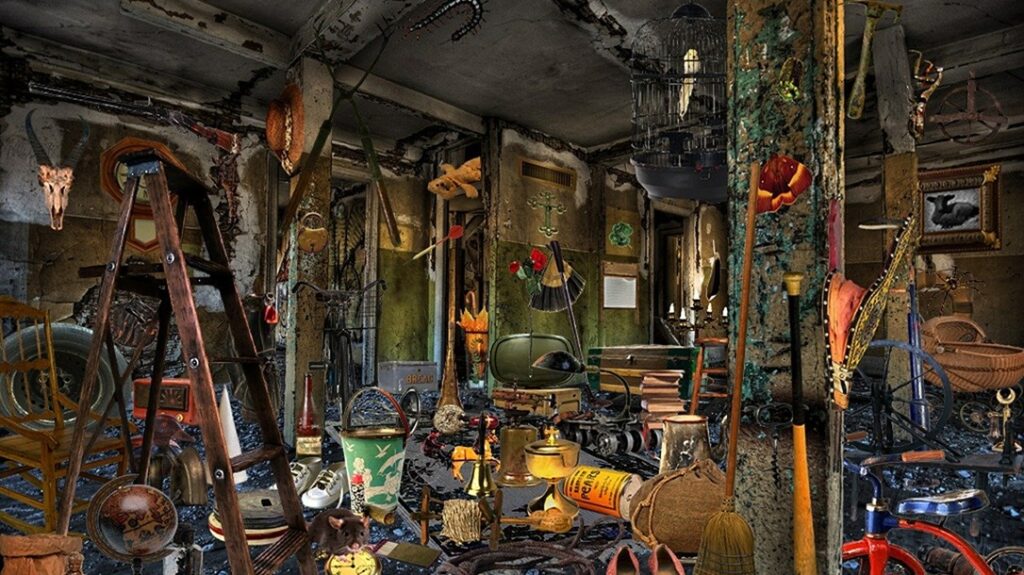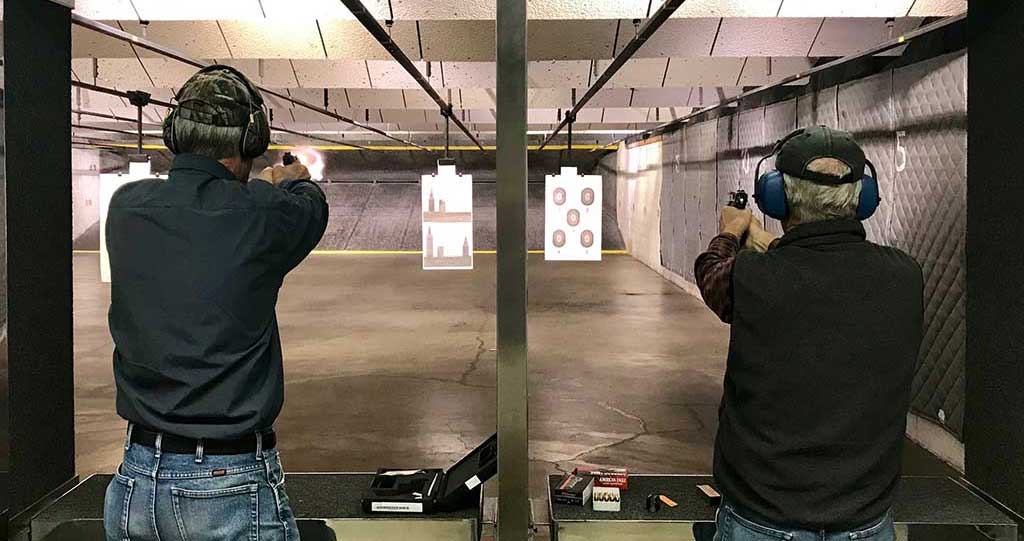It is Thursday, dear readers. And today I once again bring you the soothing tones of “Gun Jesus”.
Ian of Forgotten Weapons, one of the greatest history and tech channels to follow on these here interwebz (so go do that)
This time, he is covering the various generations of submachinegun development. If submachineguns are a genre of firearms then their generations are subgenres. You can see the ergonomic development coalesce into loose groups. Obviously, just like the development of the assault rifle (yes, assault rifle: an intermediate caliber select fire rifle for close to intermediate distance combat) there is overlap as various developers designed an implemented new features.
Advertisement — Continue Reading Below
Firearms technology rapidly developed in the late 19th and 20th centuries, with the 21st looking to keep the trend going through refinement. In 1861, flintlock muskets were still a military armament, although percussion caps were fairly common. In 1961 the United States had the M14 and early M16’s, Russia had the AKM, and the rest of the sensible world used the FAL or G3.
In my own lifetime we started at the still fairly rudementary M16A2 (new just a few years prior) and are now on the M4A1, URGI, SCAR, and developing the NGSW to theoretically let soldiers influence and control a 2km circle from their individual position. We are reaching efficiency peaks that are astounding thanks to computer drafting and rapid prototyping.
But back to the pistol caliber carbines and submachineguns. Yes, I consider them to be slightly different items with overlapping characteristics, a PCC (if select fire) is a submachinegun but a submachinegun isn’t necessarily a PCC. Watch the video and it will click.
Advertisement — Continue Reading Below
Gen 1: Make Them Well
The first submachineguns appeared for general use in the 19-teens with Germany taking lead in fielding (funny, they would do assault rifles too). Their innovation wasn’t war winning, but it was adopted widely for various purposes after the war. The Americans had both the Thompson Submachine Gun and the Browning Automatic Rifle developed in 1918 and 1917 respectively, but the BAR would not see much service (rumor was they didn’t want the new weapons captured and reverse engineered) and the Thompson was never picked up by the military of the era, despite the MP-18 in German hands showing the utility. Both would later enter widespread service in1938 as an issued submachinegun and squad automatic rifle respectively.
But a defining characteristic of Gen 1’s, as Ian points out, was the quality of manufacturing. There wasn’t really an emphasis on making Gen 1 subguns ‘cheap’ or ‘quick’. The machine work and material selection tell that story.
Gen 1’s lasted until WWII
Advertisement — Continue Reading Below
Gen 2: Make Them Fast, Cheap, Easy, and Run
World War II was a massive resource suck on a scale that even the first world war had not imagined. It didn’t help that world was still recovering from that war when this one kicked off. Germany had basically said “I do what I want.” and started forward innovating and the opposing Allied forces had to play catchup. Time was not on their side to supply weapons.
The need was: cheap, simple, and plentiful.
The British Sten and American M3 ‘Grease Gun’ which look like hardware store throw togethers exemplify this generation. Gone are all the nice, precise, complicated, and complex bits and you are left with a barreled bullet tube. Germany had the MP-38 and MP-40. The Soviets brough forth the ‘Burp Gun’ PPsh The whole weapon was simplified for mass production, wood went away almost entirely, and the sights became realistic for pistol calibers.
Advertisement — Continue Reading Below
Gen 3: The Pistol Caliber Carbine
Here is where I differ from Ian a bit, although I see his points too when it comes to the H&K UMP and CZ Scorpion as modern day “Gen 2’s” but Gen 3’s are typified by incorporation of modern rifle features into a pistol caliber option. The MP5 was the first mainstream example and the most iconic, by using roller delay instead of just another blowback bolt assembly it was incredibly accurate and reliable even on automatic. Most of these guns are also closed bolt designs now where Gen 2’s used open bolts extensively and were often full auto only.
I would say Gen 3 is an partial or total incorporation of modernized feature sets. If the gun is select fire and you have two of the following…
Advertisement — Continue Reading Below
- Closed Bolt Design
- Last Round Bolt Hold Open
- Gas Operated, Delayed Blowback Operated, or any alternate operating mechanism that drastically improves recoil management.
I would say it qualifies as a Generation 3 submachinegun, or the modern moniker of Pistol Caliber Carbine. Unlike previous generations of submachineguns where they were meant to be “trench brooms” the Gen 3’s were built to be compact precision tools that gave the operator as much control over engagement method as they would have with a modern battle rifle or assault rifle. Accurate reliable semi-automatic or controlled bursts of full-auto at the click of a selector.
The reason I differ, a little, from Ian here is I would not classify the CZ Scorpion EVO3 S1, the B&T APC, the Kriss Vector, or even the H&K UMP as Gen 2’s just for selecting direct/simple blowback as the operation mechanism. They incorporate too many operator ergonomic improvements which allow them to be run like a modern carbine, in my opinion.
So there we have it, 100 (plus) years of the submachinegun.
Advertisement — Continue Reading Below















